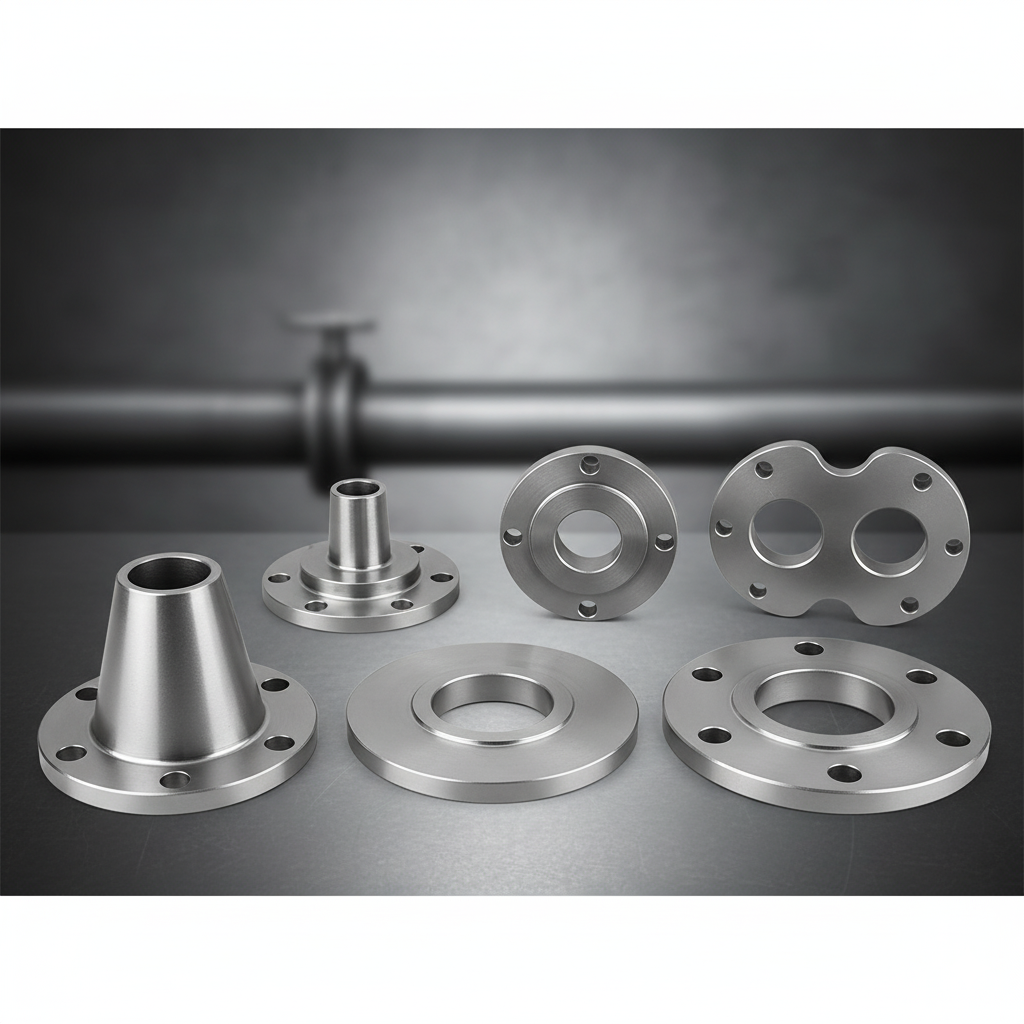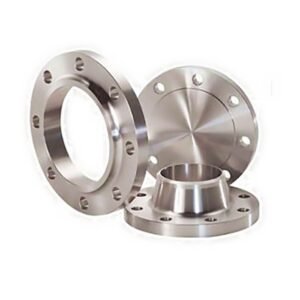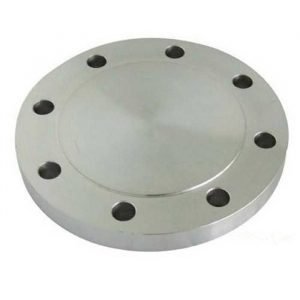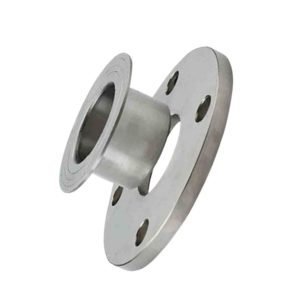Introduction
ASTM A105 is a carbon steel material grade that has the greatest and widespread use. This is used in manufacturing forge piping components. Some of them are flange and forge fittings. They are for smaller diameter piping. This carbon steel material grade ASTM A105 is the best fit in pressure systems that need service at high temperatures.
Flanges, Forged Fittings, Valve Bodies, etc. are some of the components manufactured by Carbon Steel ASTM A105. Further, some of the different types of ASTM A105 flanges are as follows:
Types of ASTM A105 Flanges
- ASTM A105 Weld Neck Flanges:
The piping process witnesses WeldNeck flanges as the most common ones used. Butt welding helps in providing the greatest level of joining integrity. A high temperature and pressure application make use of this flange. But, it is bulkier and costlier in comparison to others. - ASTM A105 Blind Flanges:
This is like a blank disc having a bolt hole. These function in combination with other flanges for isolating the piping process. They also function when you wish to end piping. Also, these act as manhole covers for the vessel on use. - ASTM A105 Slip-on Flanges:
They have a hole that matches the pipe’s outside diameter for the pipe to pass from. You can place it on the pipe and weld it in and out. This is a suitable option when you are working with an application that has temperature variation and low pressure. - ASTM A105 Lap Joint Flanges:
This comes with 2 parts that are the stub end, and the loose backing flange. The butt-welding of the stub end takes place. But, the other part moves in a free motion. Both of these parts don’t have to be a result of the same material. Carbon steel can save you quite some money in manufacturing these components. - ASTM A105 Orifice Flanges:
They make use of orifice meters. They help in measuring the rate at which liquids and gases are flowing inside the pipeline. These flanges tend to make separate orifice carriers or tappings in the pipe. Their have facings that are either raised or ring type joint. - ASTM A105 Spectacle Blind Flanges:
This flange is like a steel plate that changes into disc shapes and has a certain degree of thickness. One of them is a solid plate while the other is more like a big steel ring. These discs have a steel section between them that connects them.

Tips for using ASTM A105 Carbon Steel Flanges for the first time:
- Use Slip-on Flanges in low-pressure services:
Users more prefer slip-on flanges due to its affordability, quick & easy installations. ASTM A105 Carbon Steel Flanges used for non-critical low-pressure services like cooling water, firewater, and other non-challenging pipework due to its strength being 1/3 lower than that of the welded neck flange. - Socket Weld Flanges in high-pressure piping system:
During high-pressure piping works below 2 inches (DN50), socket weld flanges are more preferred. Good welding experience is essential to make this connection since a radiographic examination of the fillet weld is not easily executable. - Lap Joint Flanges for high-cost material pipelines:
Lap joint connections are the most suitable for pipelines in high-cost materials, such as nickel alloys and stainless steel. It significantly reduces the total cost or any of the flanged connections that are required. The lap joint relation established is by combining the end of the stub. It is then processed for welding to join the pipe, and the lapped flange or back flange. - Use of weld neck flanges to a butt weld pipe for better performance:
Tapered hub on the weld-neck flanges with an end that’s butt weld can connect to a butt weld pipe. For the quality determination of the weld, one can use radiography, ultrasound, or visual method. The welded connection of a pipe and a weld neck flange features good fatigue and mechanical stress performance.
Applications of Carbon Steel A105 Flanges
Carbon Steel A105 Flanges have applications in various industries due to their versatility and strength.
Some common applications include
- Oil and Gas Industry:
A105 Flanges are useful in pipelines, refineries, and offshore drilling platforms for their strength and corrosion resistance. - Petrochemical Industry:
Flanges are helpful where resistance to corrosive substances is essential, especially in producing chemicals and the petrochemical industry. - Power Generation Industry:
Carbon Steel A105 Flanges are the right fit for power plants, including nuclear and fossil fuel facilities, where high-temperature and high-pressure conditions are prevalent. - Construction Industry:
Carbon Steel A105 Flanges flanges are suitable for construction projects for their strength and durability.
Conclusion
CS ASTM A105 Flanges have a significant role in connecting the pipes, equipment, and valves. They are useful in boilers, fertilizer machinery, and the chemical industry. They increase flexibility for a proper maintenance schedule.
When it comes to choosing suitable flanges, you need to examine the requirements of your industrial applications first. It helps you select the flanges that meet your project needs, ensuring smoother operation.
If you need any industrial flanges assistance for your project, feel free to contact us!
FAQ
Q.1 What is the difference between forged and cast A105 Flanges?
A: Forged A105 Flanges are made by shaping solid steel under high pressure and temperature, improving mechanical properties. Cast A105 Flanges are created by pouring molten steel into molds.
Forged flanges are suitable for critical applications due to their superior strength.
Q.2 Are there any environmental concerns associated with A105 Flanges?
A: Carbon steel, including A105, is generally environmentally friendly and recyclable.
However, appropriate coatings or material selections may be necessary in corrosive environments to prevent environmental impact.
Q.3 Are A105 Flanges suitable for high-temperature and high-pressure applications?
A: A105 Flanges are suitable for various temperature and pressure conditions, but we shouldn’t ignore the specific application’s requirements.
For extremely high-temperature or high-pressure applications, specialized alloys may be more appropriate.




